Home>Construction & Tools>Building Materials>How To Make Adobe Brick
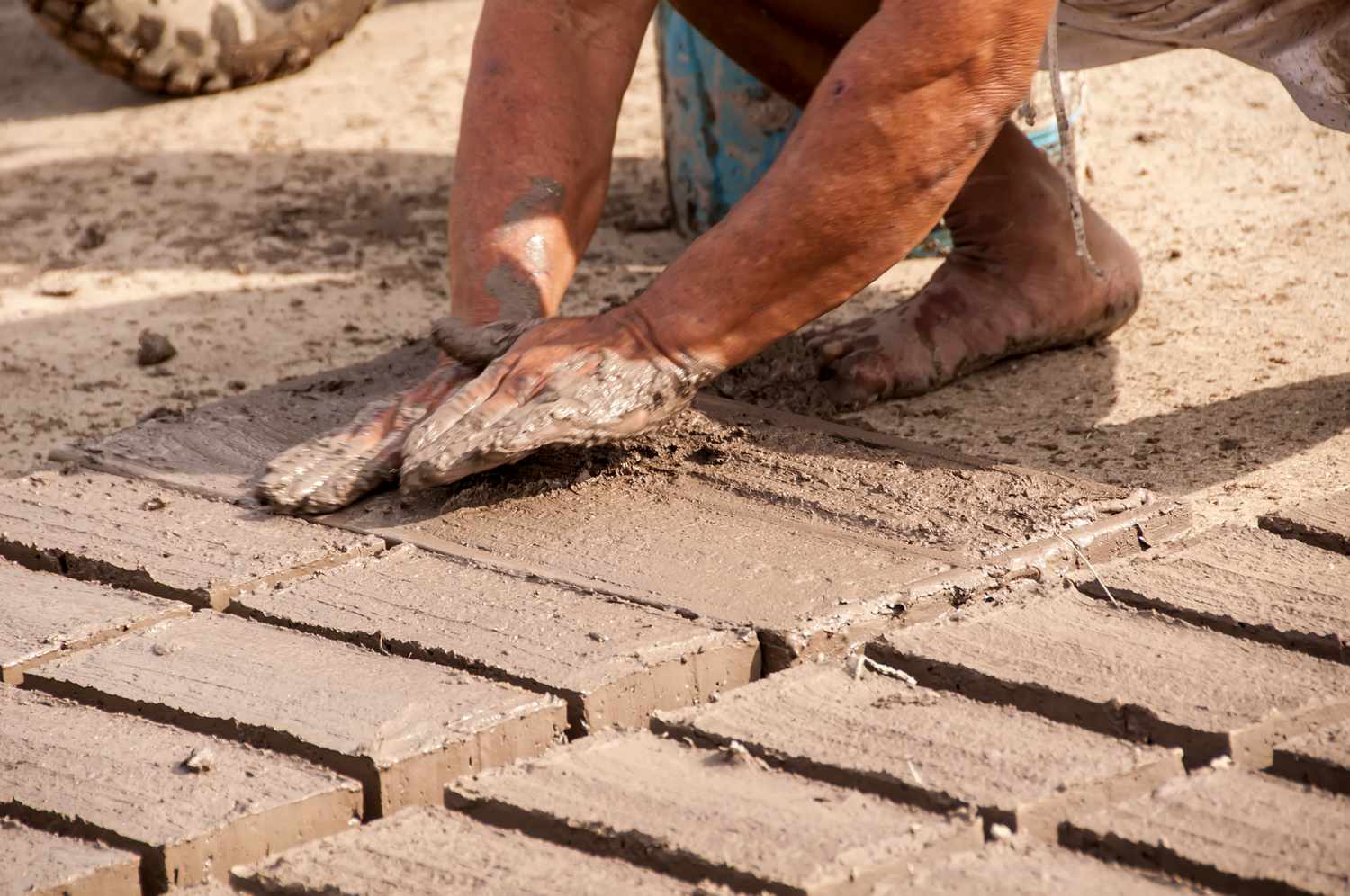

Building Materials
How To Make Adobe Brick
Modified: February 18, 2024
Learn how to make adobe bricks, a sustainable building material, with our step-by-step guide. Create durable and eco-friendly structures using this traditional method.
(Many of the links in this article redirect to a specific reviewed product. Your purchase of these products through affiliate links helps to generate commission for Storables.com, at no extra cost. Learn more)
Introduction
Adobe bricks have been used for centuries as a reliable and sustainable building material. Their simple yet effective composition, made from natural materials, makes them an eco-friendly and cost-effective choice for construction projects. The process of making adobe bricks is a fascinating blend of traditional craftsmanship and practicality, resulting in durable bricks that can withstand the test of time.
In this comprehensive guide, we will explore the step-by-step process of making adobe bricks, from gathering the necessary materials to the final curing stage. Whether you are a seasoned builder or a DIY enthusiast, understanding the art of adobe brick making can open up a world of possibilities for creating environmentally conscious structures.
The beauty of adobe brick making lies in its simplicity. By harnessing the power of earth, water, and a few basic tools, you can transform humble ingredients into sturdy bricks that embody the essence of sustainable construction. As we delve into the intricacies of this age-old craft, you will discover the art of mixing, molding, drying, and curing adobe bricks, each step contributing to the creation of a timeless building material.
Join us on this journey as we unravel the secrets of adobe brick making, and unlock the potential to build structures that harmonize with nature while standing the test of time. Whether you are drawn to the allure of sustainable building practices or simply intrigued by the art of crafting bricks from the earth itself, this guide will equip you with the knowledge and inspiration to embark on your own adobe brick making adventure.
Key Takeaways:
- Embrace the ancient art of adobe brick making, where earth, water, and simple tools come together to create durable and eco-friendly building materials, connecting us to sustainable construction practices of the past.
- Discover the transformative journey of adobe brick making, from gathering clay soil to molding, drying, and curing, and unlock the potential to build resilient and timeless structures that harmonize with nature.
Read more: How To Make A Brick
Materials Needed
To embark on the journey of making adobe bricks, you will need a selection of essential materials that form the building blocks of this ancient craft. These materials are readily available and, in many cases, sourced directly from the earth, aligning with the sustainable ethos of adobe brick making. Here's a comprehensive list of the materials required to begin your adobe brick making adventure:
1. Clay Soil
The foundation of adobe bricks lies in the clay soil, which serves as the primary binding agent. Opt for clay soil with a high clay content, as this will enhance the cohesion and strength of the bricks. The soil should be free from organic matter and debris, ensuring a smooth and consistent texture for the bricks.
2. Sand
Incorporating sand into the adobe mixture is crucial for enhancing the structural integrity of the bricks. The sand acts as a stabilizer, reducing shrinkage and preventing cracking during the drying process. Coarse sand is preferred, as it provides optimal strength and durability to the bricks.
3. Water
Water is the catalyst that transforms the dry mixture of clay soil and sand into a malleable and cohesive substance. The amount of water added to the mixture is a critical factor, as it directly influences the workability and plasticity of the adobe. Achieving the right balance of moisture is essential for producing well-formed bricks.
Read more: How To Make Brick Molds
4. Straw (Optional)
In some traditional adobe brick making techniques, straw is added to the mixture to enhance tensile strength and reduce shrinkage. The straw fibers create a matrix within the bricks, reinforcing their structure and minimizing the risk of cracking. While optional, the inclusion of straw can significantly improve the overall quality of the adobe bricks.
5. Wooden Forms or Molds
To shape the adobe mixture into uniform bricks, wooden forms or molds are essential. These molds provide the framework for creating consistent brick dimensions, ensuring uniformity and precision in the final product. The size and shape of the molds can be customized based on the specific requirements of your building project.
6. Mixing Tools
Basic mixing tools such as shovels, hoes, or spades are necessary for blending the clay soil, sand, water, and optional straw. The mixing process is a crucial stage that demands thorough blending to achieve a homogeneous adobe mixture. These simple tools facilitate the integration of the materials, setting the stage for the subsequent molding and shaping of the bricks.
7. Level Ground or Brick Beds
A flat and level surface is essential for molding and drying the adobe bricks. This can be achieved by preparing brick beds or ensuring that the ground surface is even and stable. Properly leveled ground provides a conducive environment for the bricks to dry uniformly and maintain their structural integrity.
By assembling these fundamental materials, you are poised to embark on the transformative journey of adobe brick making. Each component plays a vital role in the creation of durable and sustainable bricks, laying the groundwork for the subsequent stages of mixing, molding, drying, and curing. With these materials at your disposal, you are ready to breathe life into the age-old tradition of adobe brick making, harnessing the raw elements of the earth to craft enduring structures.
Read more: How To Make Brick Slips
Mixing the Adobe
The process of mixing the adobe is a pivotal stage that sets the foundation for creating robust and resilient bricks. It is a harmonious blend of art and science, where the precise combination of clay soil, sand, water, and optional straw yields a cohesive mixture with the ideal characteristics for brick making.
To commence the mixing process, begin by selecting a suitable location for the endeavor. An open area with ample space allows for unrestricted movement and facilitates the blending of the materials. With the clay soil and sand at the ready, the initial step involves combining these primary ingredients in the desired proportions. The exact ratio of clay soil to sand is a critical consideration, as it directly influences the plasticity and strength of the adobe mixture. A common guideline is to maintain a clay-to-sand ratio of approximately 30% clay to 70% sand, although slight variations can be tailored to accommodate specific project requirements.
Once the clay soil and sand are thoroughly intermixed, the introduction of water initiates the transformative process. Careful attention must be paid to the water content, as it determines the workability and moldability of the adobe mixture. Gradually incorporating water while continuously blending the materials is essential to achieve a homogeneous consistency. The goal is to attain a pliable yet stable texture that allows the mixture to be shaped into bricks without excessive cracking or deformation.
For those opting to include straw in the adobe mixture, this stage presents the opportune moment to introduce the straw fibers. The straw serves as a reinforcing element, fortifying the structural integrity of the bricks and mitigating the risk of shrinkage and cracking. As the straw becomes integrated into the mixture, it forms a cohesive matrix that enhances the overall resilience of the adobe bricks.
Throughout the mixing process, the use of basic tools such as shovels, hoes, or spades facilitates the thorough amalgamation of the materials. This manual blending not only ensures uniform distribution of the components but also allows for adjustments to the moisture content as needed. The tactile nature of the mixing process enables craftsmen to gauge the consistency of the adobe mixture, making real-time adjustments to achieve the optimal balance of plasticity and stability.
As the adobe mixture reaches its ideal state, characterized by a smooth and uniform texture, it signifies the culmination of the mixing stage. The meticulously blended concoction embodies the potential to be transformed into durable adobe bricks, ready to take shape and form the cornerstone of sustainable construction.
In mastering the art of mixing adobe, one gains an appreciation for the intricate interplay of natural elements and human ingenuity. This foundational process lays the groundwork for the subsequent molding, drying, and curing stages, each building upon the integrity of the adobe mixture. With the mixture expertly prepared, the stage is set for the next chapter in the timeless saga of adobe brick making.
Molding the Bricks
Molding the adobe bricks marks a transformative phase in the journey of adobe brick making, where the pliable mixture is shaped into uniform units that will form the building blocks of sustainable structures. This pivotal stage requires precision, patience, and a keen eye for detail, as the process of molding directly influences the structural integrity and aesthetic appeal of the bricks.
To commence the molding process, the thoroughly mixed adobe mixture is transferred to the wooden forms or molds, which serve as the canvas for crafting the bricks. These molds are meticulously prepared, ensuring that they are clean, level, and free from any obstructions that may compromise the integrity of the bricks. The size and dimensions of the molds can be tailored to align with the specific requirements of the construction project, allowing for flexibility in creating bricks of varying shapes and sizes.
As the adobe mixture is carefully placed into the molds, craftsmen employ techniques to ensure uniformity and consistency in the brick formation. The mixture is evenly distributed within the molds, and excess material is gently removed to achieve a smooth and level surface. The use of hand tools, such as trowels or wooden battens, aids in compacting the mixture and refining the edges, resulting in well-defined and neatly formed bricks.
Attention to detail is paramount during the molding process, as craftsmen strive to create bricks with consistent dimensions and a uniform appearance. The meticulous approach to molding not only enhances the visual appeal of the bricks but also contributes to their structural integrity, ensuring that each brick is capable of seamlessly integrating into the construction project.
Once the adobe mixture has been meticulously shaped within the molds, the bricks are delicately removed and carefully set aside to begin the drying phase. This transition from malleable mixture to defined brick signifies the culmination of the molding stage, marking a significant milestone in the evolution of the adobe bricks.
In the art of molding adobe bricks, craftsmen harness the tactile nature of the process to imbue each brick with precision and purpose. The careful manipulation of the pliable mixture within the molds yields bricks that embody the craftsmanship and dedication invested in their creation. With the bricks now taking tangible form, the stage is set for the subsequent phase of drying, where they will undergo a gradual transformation, solidifying their place as enduring symbols of sustainable construction.
Drying the Bricks
Drying the adobe bricks represents a crucial phase in the journey of adobe brick making, where the transition from pliable forms to solid, resilient units takes place. This pivotal stage is characterized by a delicate balance of time, environmental conditions, and meticulous care, as the bricks undergo a gradual transformation, shedding their initial malleability to emerge as durable components of sustainable construction.
Upon completion of the molding process, the freshly formed adobe bricks are arranged in a carefully orchestrated manner to facilitate uniform drying. The bricks are positioned in a single layer, allowing for adequate air circulation and exposure to ambient conditions. This arrangement is essential for ensuring that the bricks dry evenly, minimizing the risk of warping, cracking, or uneven shrinkage.
The drying process unfolds under the watchful eye of craftsmen, who remain attuned to the subtle nuances of the environment. Factors such as temperature, humidity, and air circulation play a pivotal role in determining the pace and efficacy of the drying phase. While the bricks benefit from exposure to sunlight and gentle breezes, precautions are taken to shield them from excessive heat or rapid drying, which can compromise their structural integrity.
As the bricks gradually relinquish their moisture content, a visible transformation takes place, marked by the emergence of a firm and solid exterior. This gradual solidification signifies the evolution of the bricks from pliable forms to resilient building blocks, each imbued with the essence of the earth from which they were crafted.
Craftsmen exercise patience and vigilance throughout the drying process, monitoring the bricks for signs of uniformity and structural stability. The tactile assessment of the bricks allows craftsmen to gauge their readiness for the subsequent curing phase, ensuring that they have achieved the optimal level of dryness to proceed to the final stage of transformation.
In the realm of adobe brick making, the drying phase represents a testament to the symbiotic relationship between human craftsmanship and natural elements. It is a time-honored ritual that honors the inherent qualities of the earth, allowing them to manifest in the form of enduring bricks that embody the spirit of sustainable construction. With the bricks poised on the cusp of their final metamorphosis, the stage is set for the culminating act of curing, where they will solidify their place as timeless symbols of resilience and eco-conscious building practices.
Curing the Bricks
Curing the adobe bricks represents the culminating stage in the intricate journey of adobe brick making, where the transformation from dried units to robust, resilient building components reaches its apex. This pivotal phase is characterized by a deliberate and methodical approach, as the bricks undergo a process of gradual hydration and strengthening, culminating in their emergence as enduring symbols of sustainable construction.
Upon completion of the drying phase, the adobe bricks are poised for the transformative ritual of curing. This process involves subjecting the dried bricks to controlled hydration, allowing them to absorb moisture and attain a heightened level of strength and durability. The bricks are carefully arranged in a designated area, shielded from direct exposure to harsh elements while providing an environment conducive to controlled hydration.
The introduction of water marks the initiation of the curing process, as the bricks are gently moistened to commence the absorption of moisture. This gradual hydration serves to fortify the internal structure of the bricks, enhancing their cohesion and resilience. The bricks undergo a gradual metamorphosis, shedding their initial brittleness to emerge as robust and enduring components ready to withstand the test of time.
Craftsmen exercise precision and patience throughout the curing process, monitoring the bricks as they undergo the transformative journey. The tactile assessment of the bricks allows craftsmen to gauge the progression of hydration, ensuring that each brick attains the optimal level of strength and integrity. This meticulous approach to curing ensures that the bricks achieve a harmonious balance of moisture content, solidifying their place as steadfast allies in the realm of sustainable construction.
As the bricks undergo the gradual process of hydration, a palpable transformation takes place, marked by their emergence as resilient and durable building components. The inherent qualities of the earth, harnessed through the art of adobe brick making, manifest in the form of bricks that embody the ethos of sustainability and endurance. With the bricks now imbued with heightened strength and resilience, they stand as timeless testaments to the harmonious fusion of human craftsmanship and natural elements.
In the realm of adobe brick making, the curing phase represents the apotheosis of the bricks' journey, where they transcend their humble origins to emerge as enduring symbols of sustainable construction. With the bricks now fortified through the transformative ritual of curing, they stand as steadfast guardians of eco-conscious building practices, ready to form the cornerstone of resilient and timeless structures.
Read more: How To Make Brick Wallpaper
Conclusion
In conclusion, the art of adobe brick making encapsulates a timeless synergy between human ingenuity and the raw elements of the earth. From the initial gathering of clay soil to the transformative stages of mixing, molding, drying, and curing, each phase represents a harmonious dance that yields enduring symbols of sustainable construction.
The journey of adobe brick making is a testament to the resilience and adaptability of traditional building practices, offering a compelling alternative to modern construction materials. The simplicity and eco-friendliness of adobe bricks align with the ethos of sustainable living, presenting a compelling case for embracing age-old techniques in contemporary building projects.
As the adobe bricks emerge from the curing process, they stand as tangible embodiments of craftsmanship and sustainability, ready to form the foundation of resilient structures. Their innate strength and durability, derived from the earth itself, position them as steadfast allies in the pursuit of eco-conscious building practices.
The allure of adobe brick making extends beyond the realm of construction, transcending into a celebration of heritage, tradition, and environmental stewardship. It beckons individuals to embrace the art of crafting bricks from the earth, fostering a deeper connection to the natural world and the timeless wisdom of ancestral building practices.
In a world where sustainability and resilience are paramount, the art of adobe brick making offers a compelling narrative of harmony between humanity and nature. It beckons builders, artisans, and enthusiasts to embark on a journey that transcends mere construction, inviting them to partake in a timeless tradition that honors the earth and its bountiful offerings.
As we conclude this exploration of adobe brick making, we are reminded of the enduring legacy of this age-old craft. The humble bricks, borne from the earth and shaped by human hands, stand as testaments to the artistry and wisdom of sustainable construction. They beckon us to embrace the timeless allure of adobe, weaving a narrative of resilience, sustainability, and reverence for the earth into the fabric of our built environment.
Frequently Asked Questions about How To Make Adobe Brick
Was this page helpful?
At Storables.com, we guarantee accurate and reliable information. Our content, validated by Expert Board Contributors, is crafted following stringent Editorial Policies. We're committed to providing you with well-researched, expert-backed insights for all your informational needs.
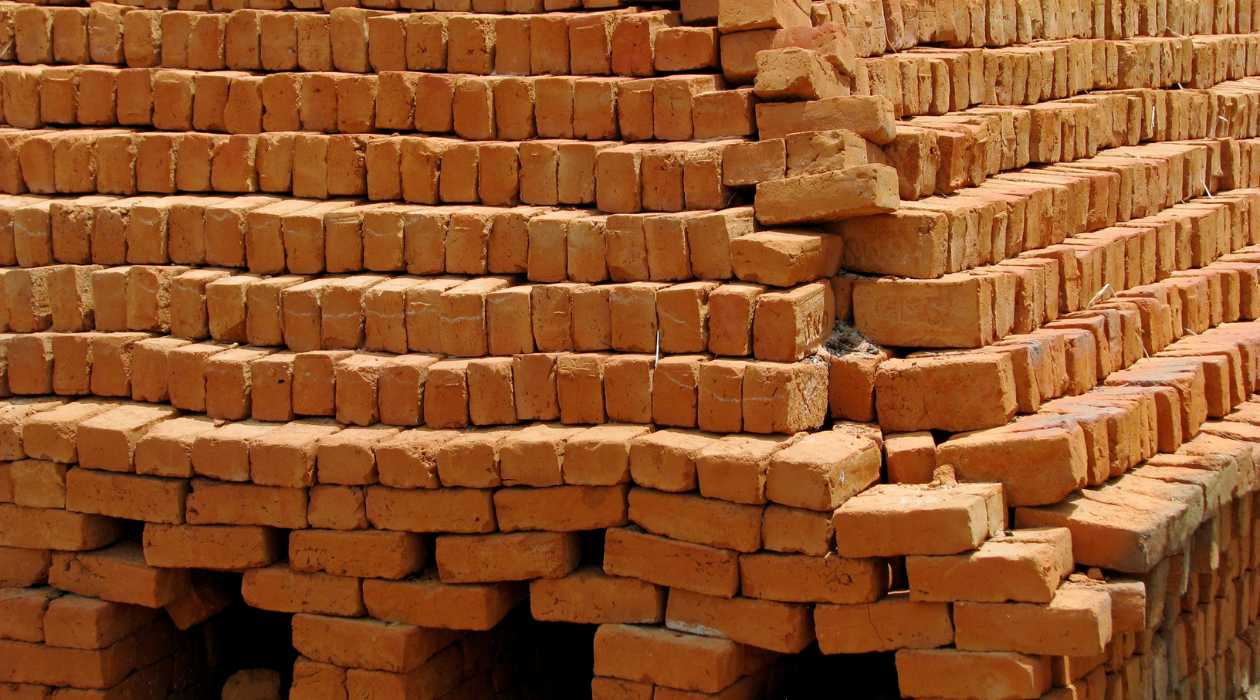
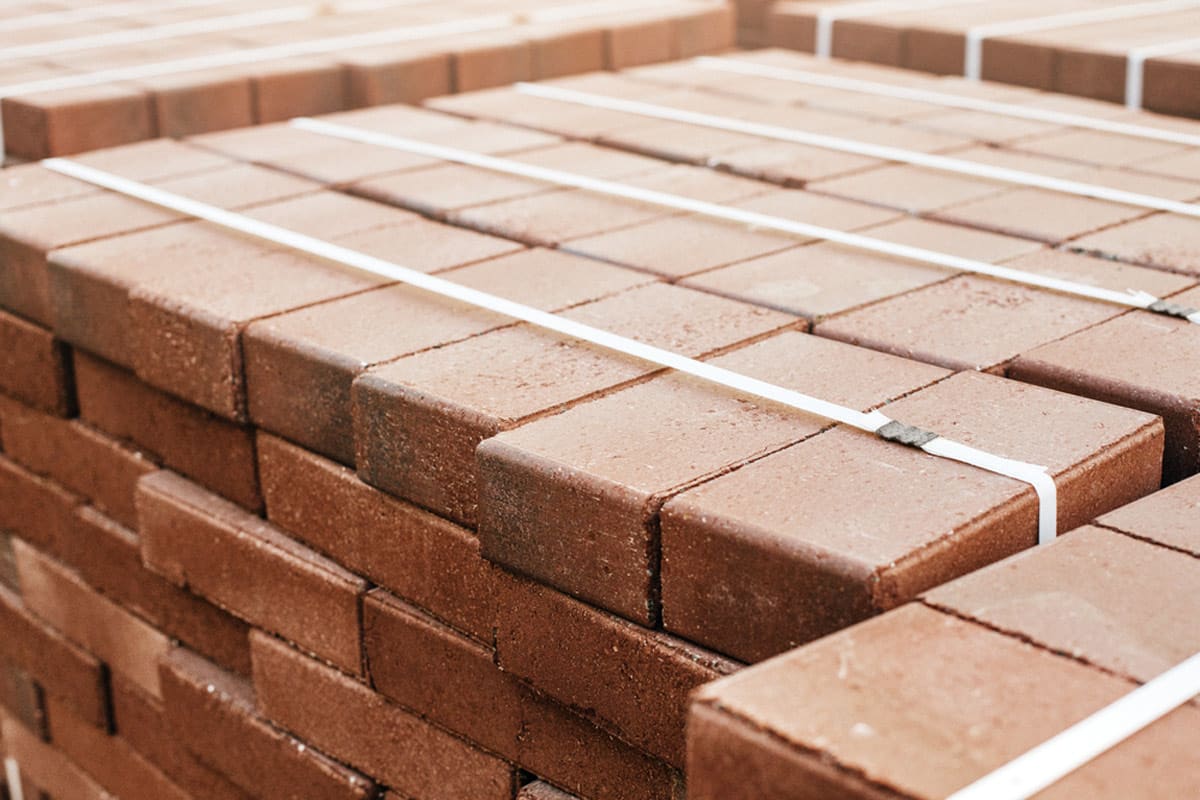
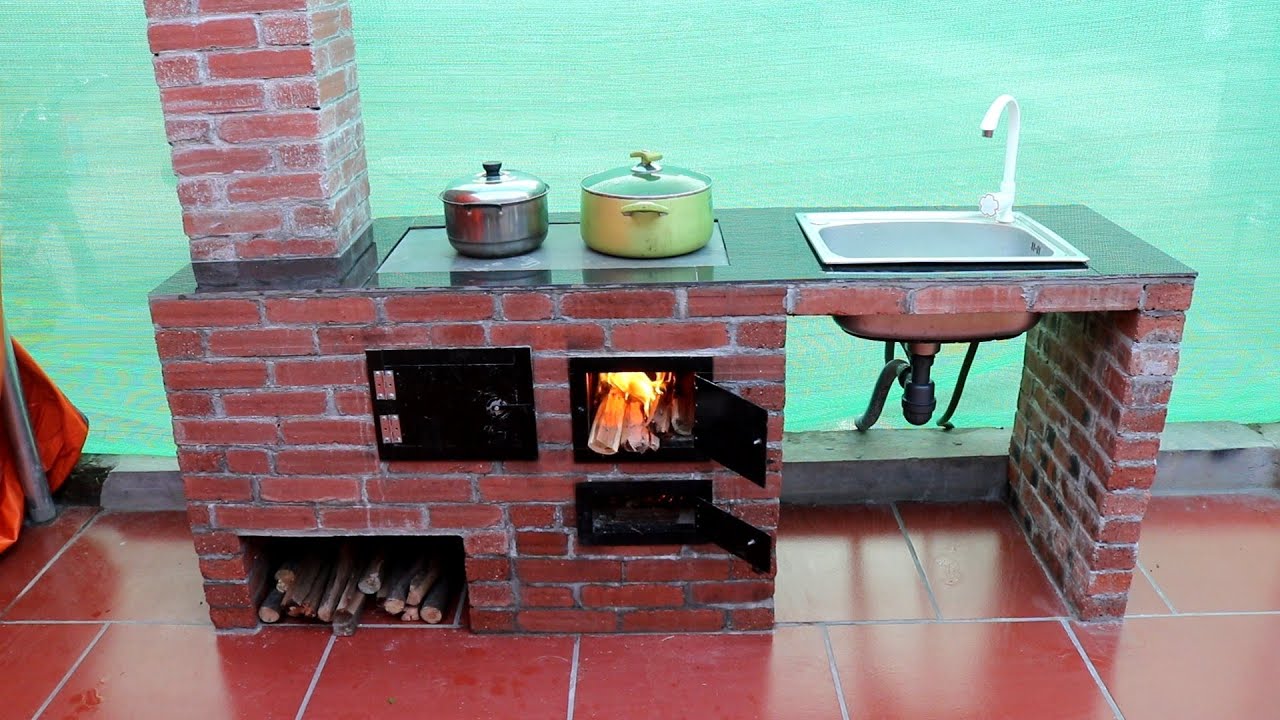
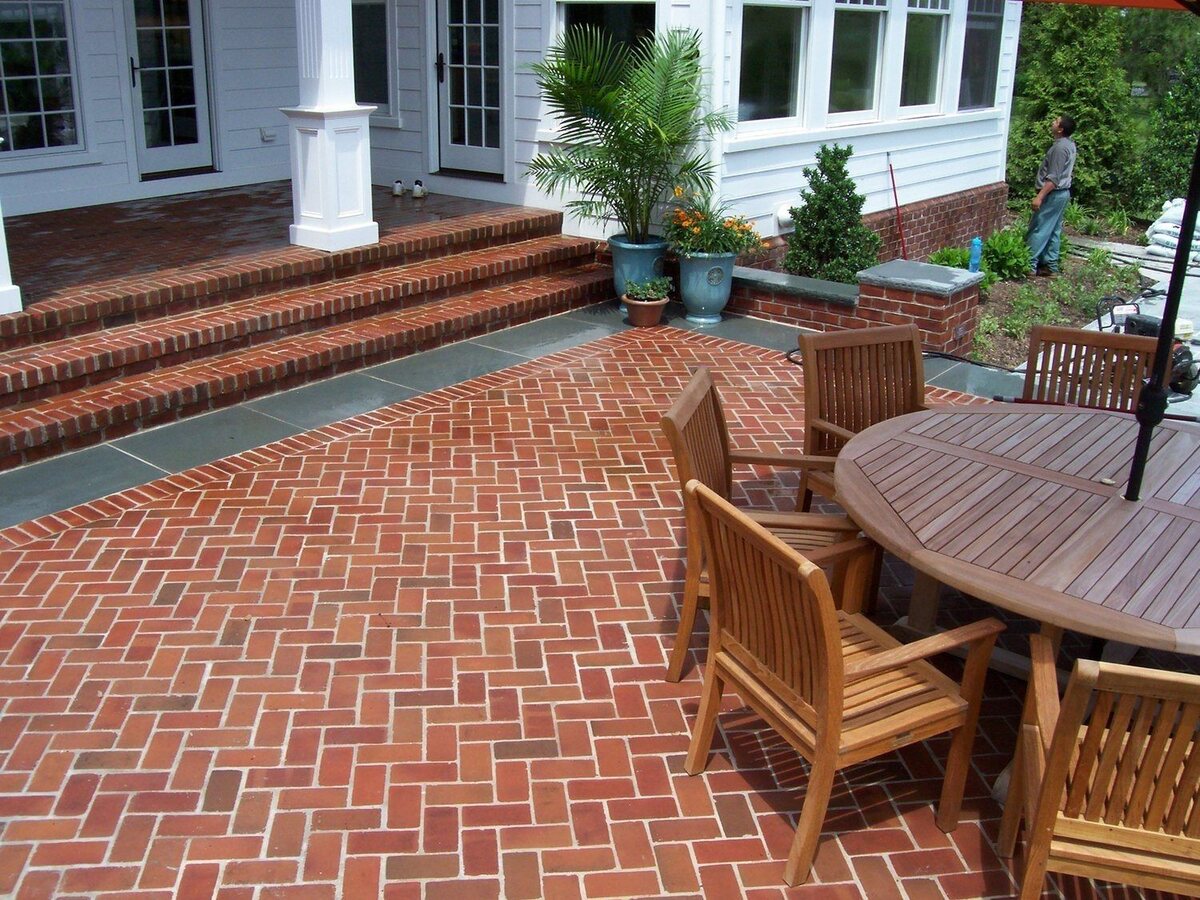
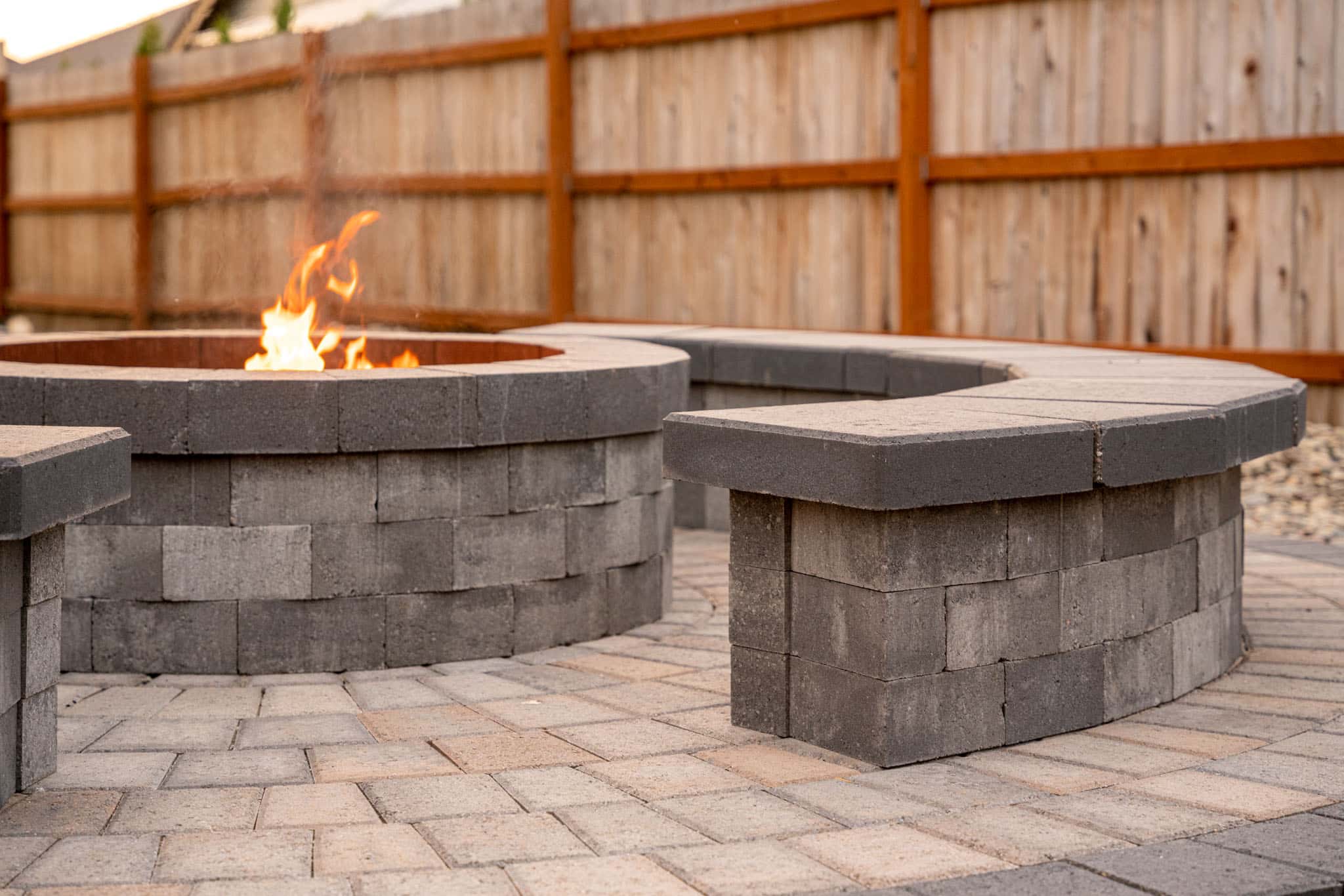
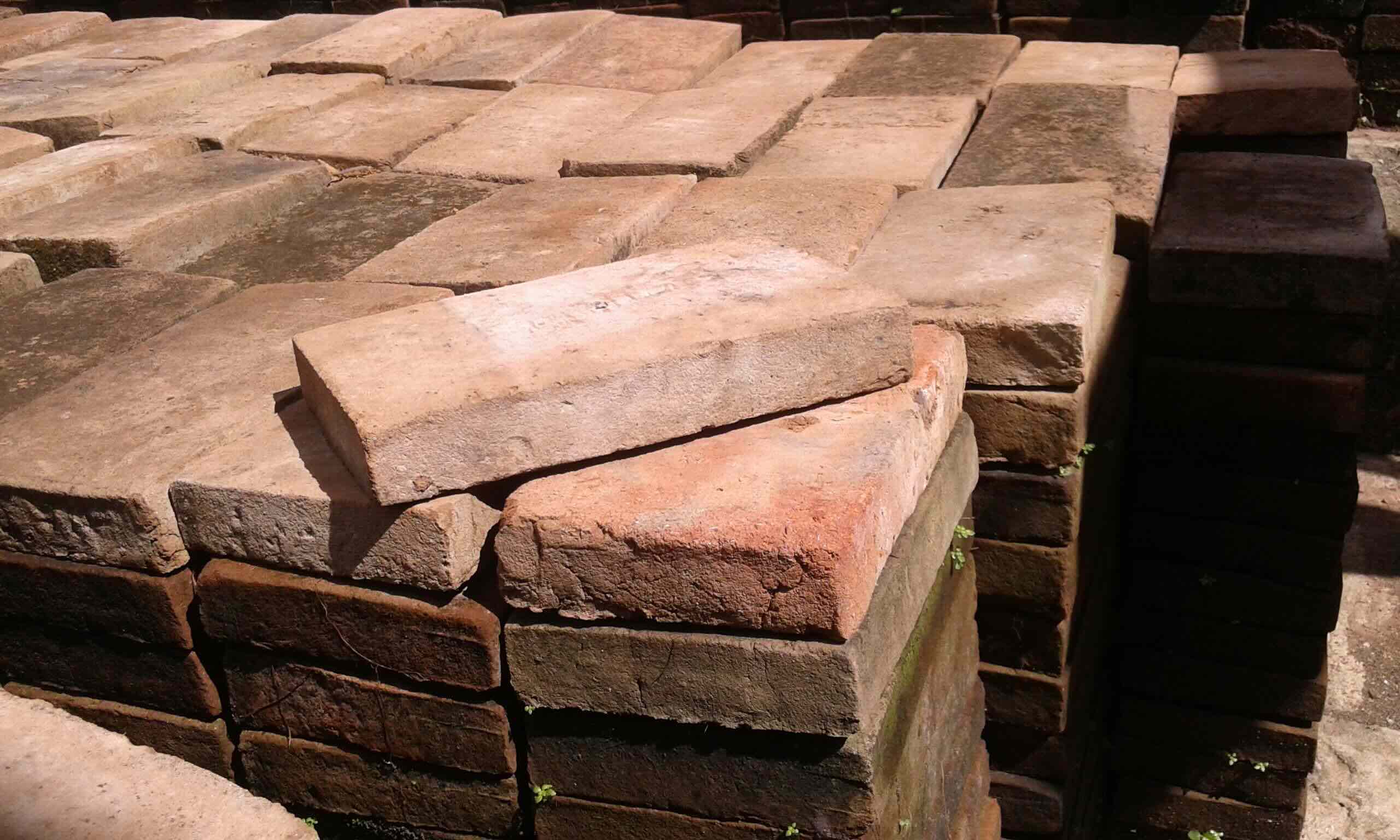

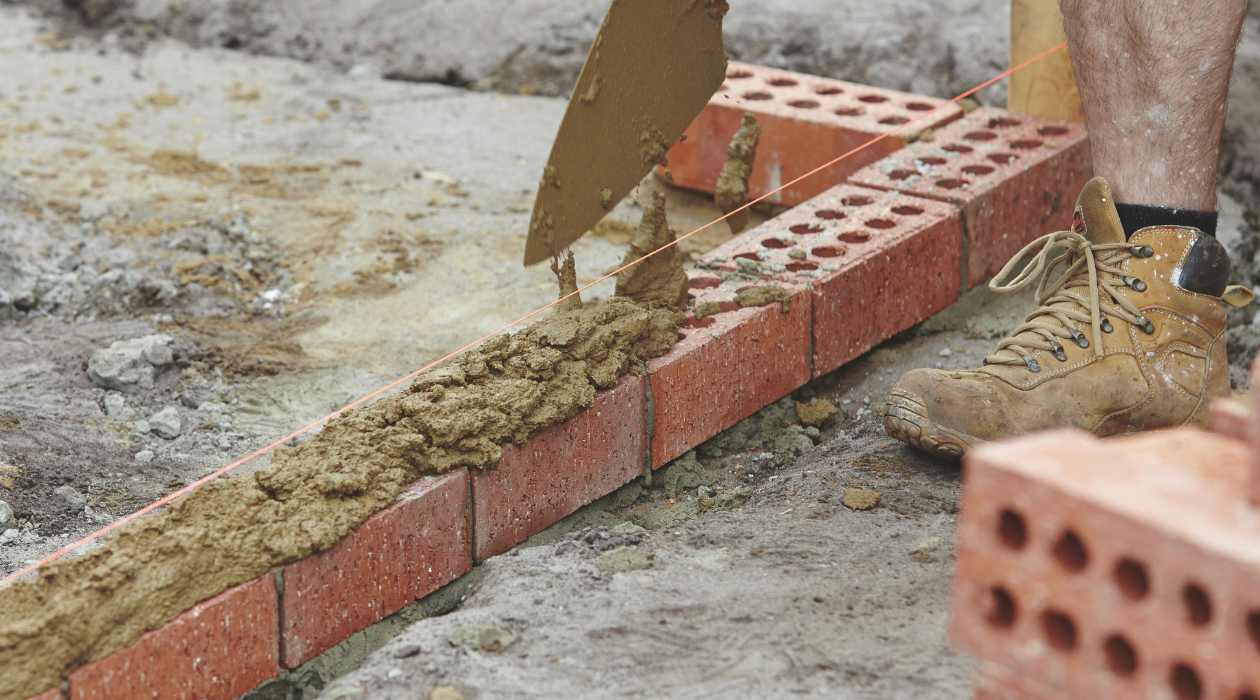
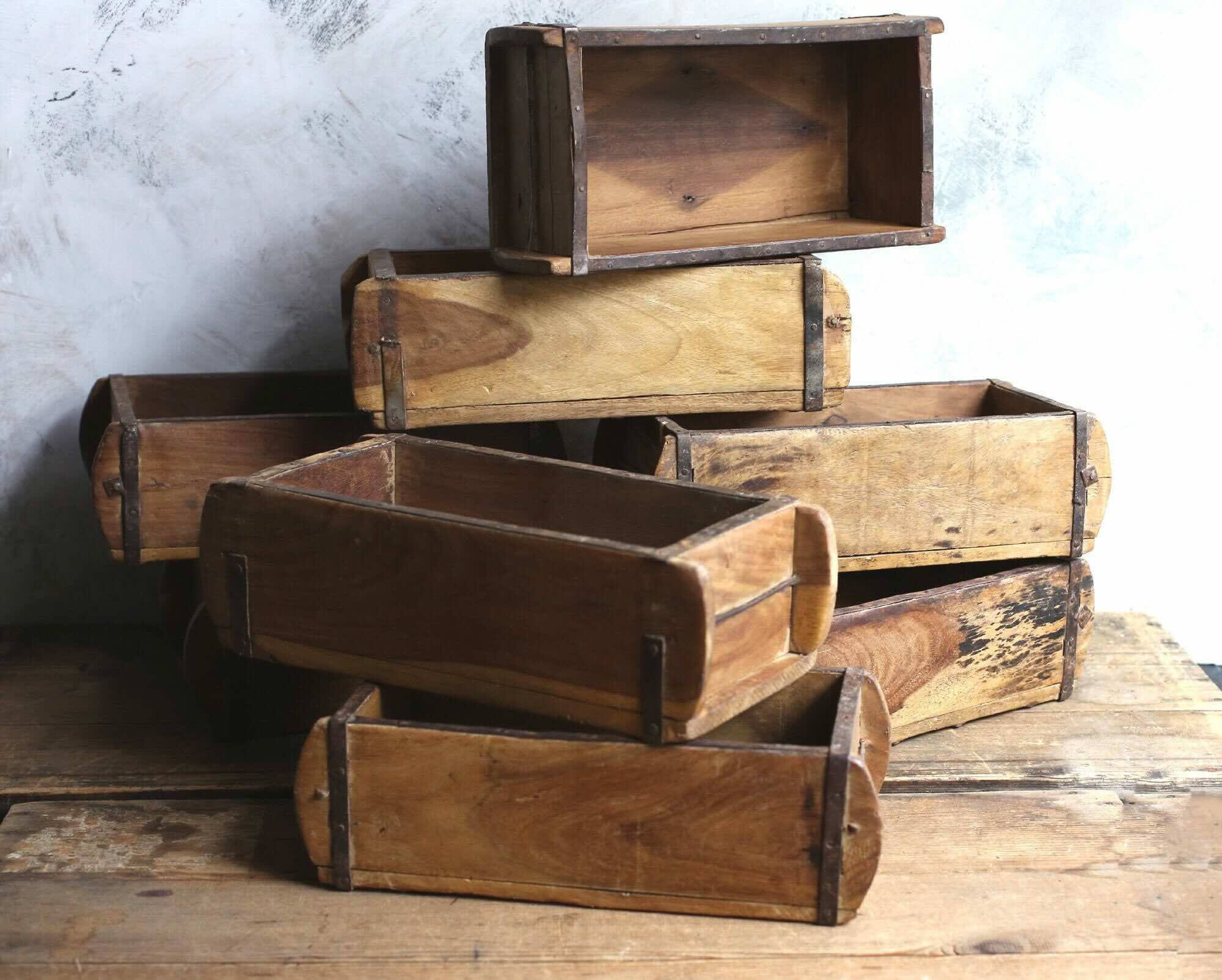
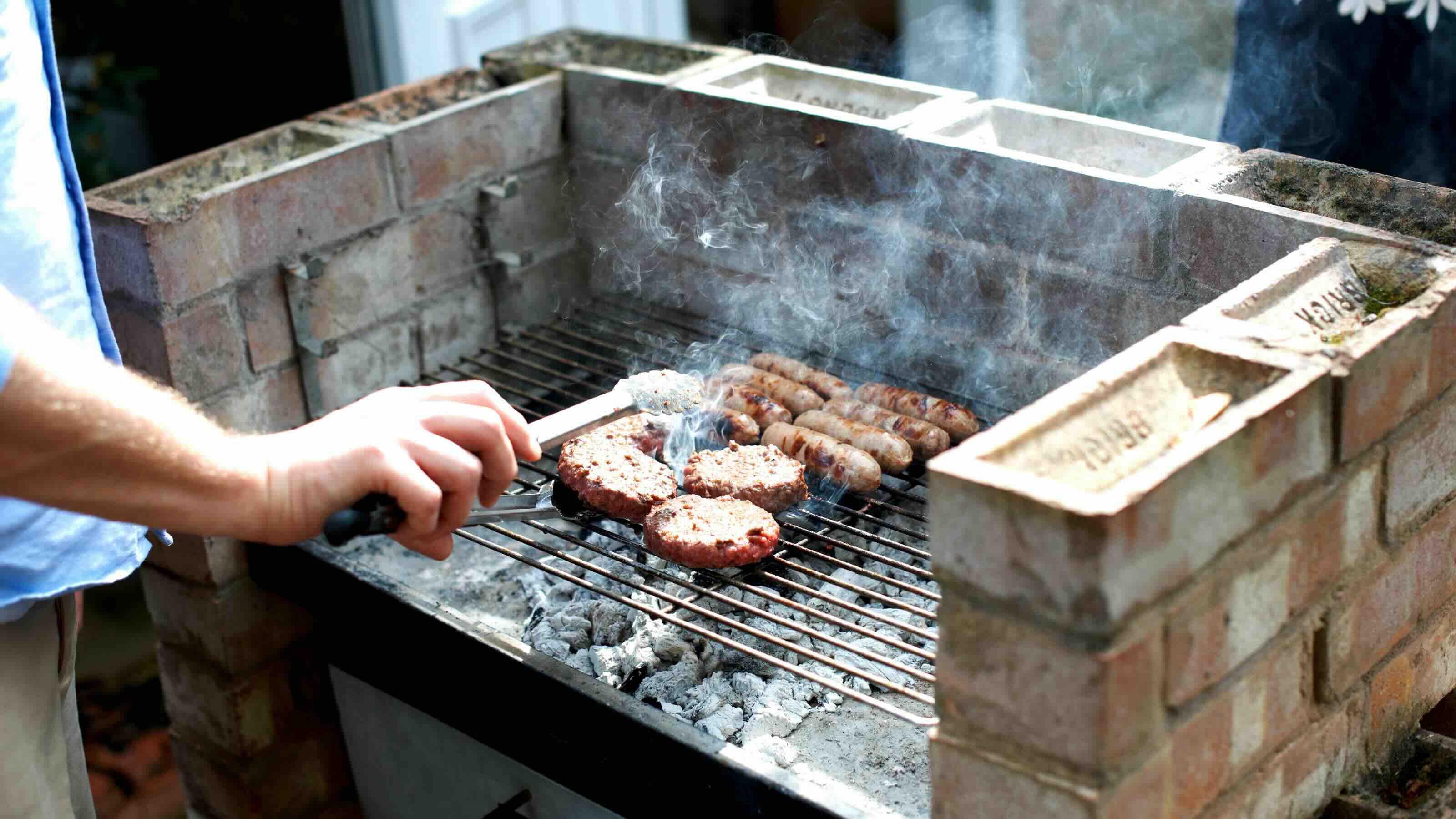
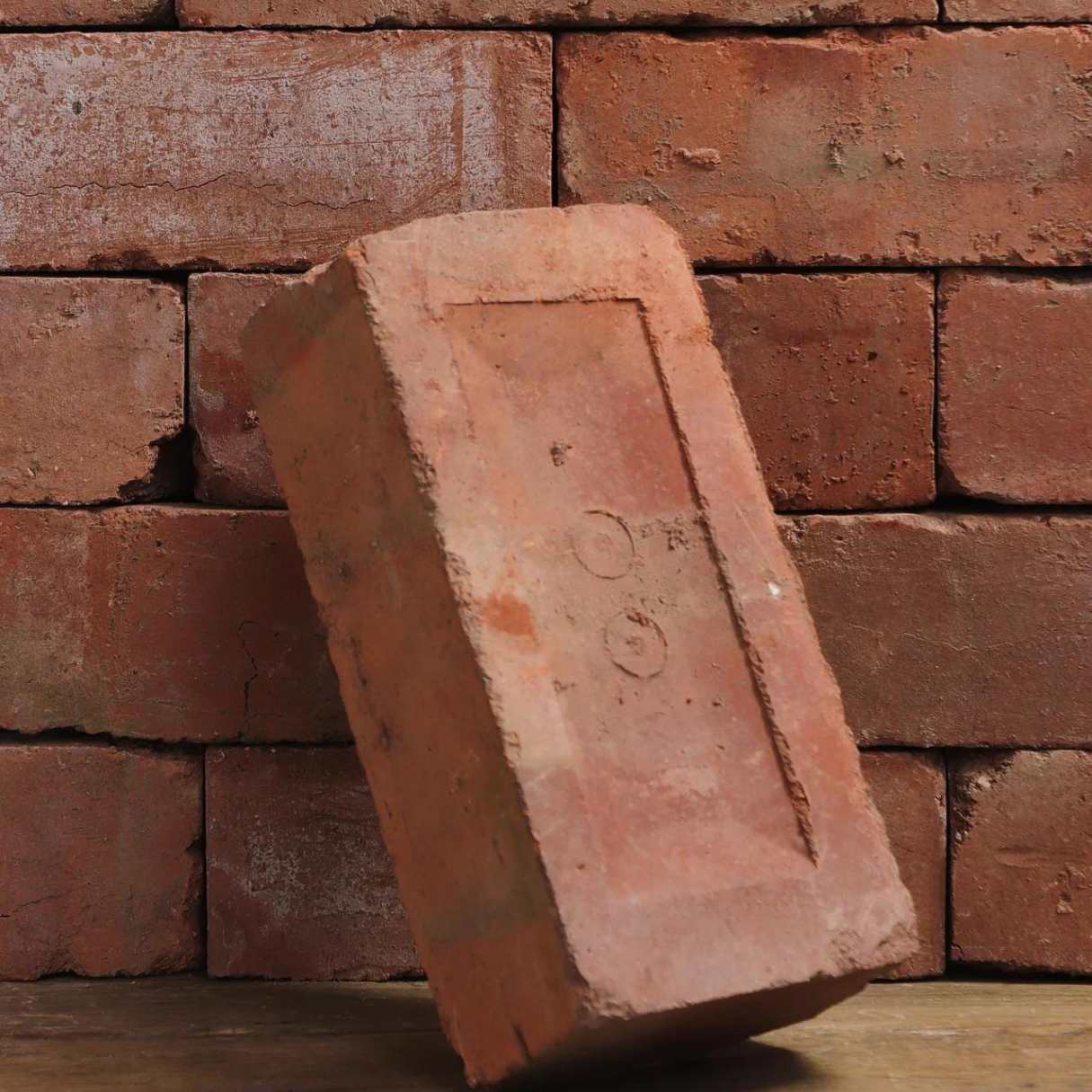
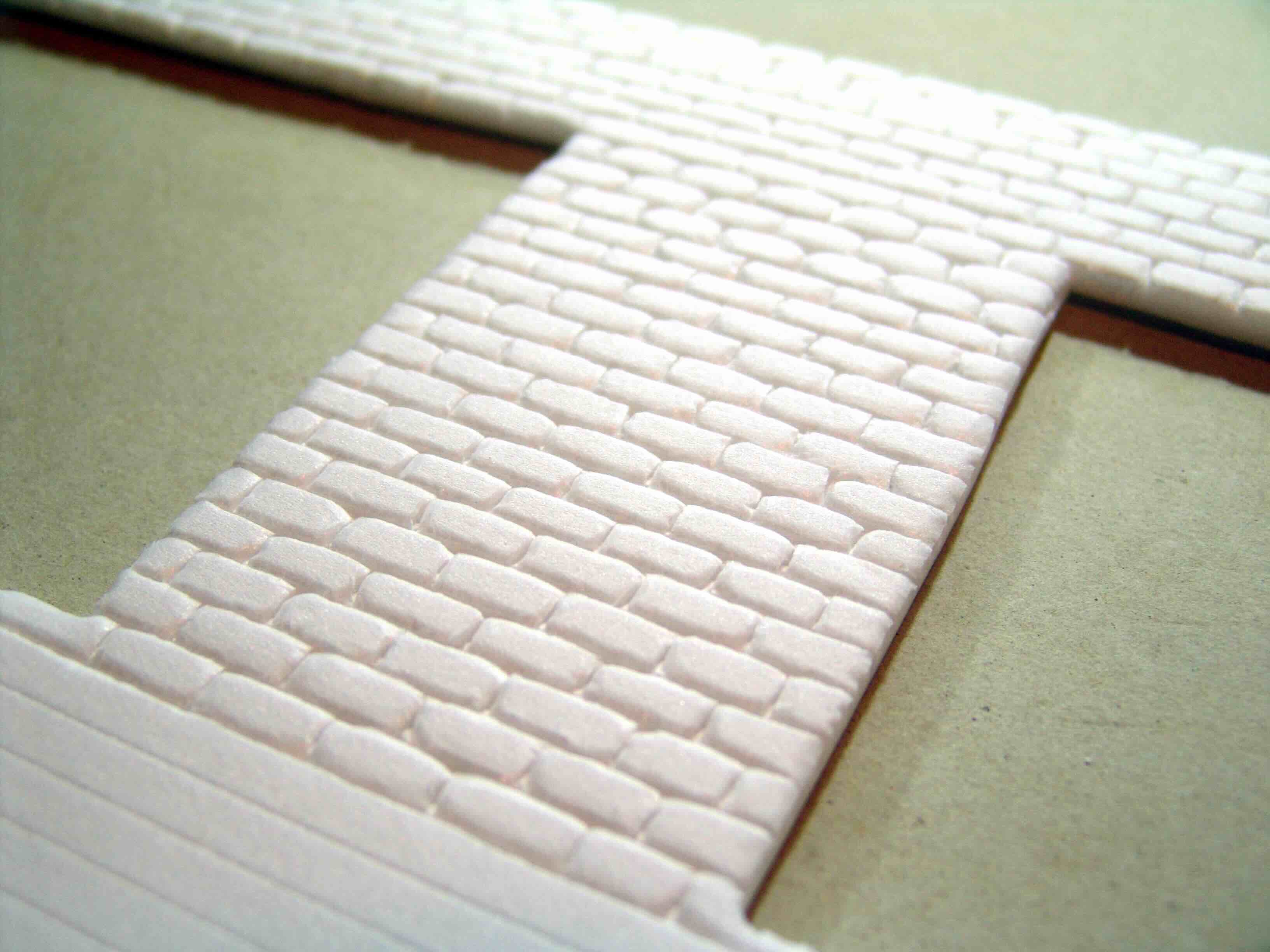

0 thoughts on “How To Make Adobe Brick”